Ben Coley provides a hole-by-hole guide to Le Golf National, complete with images of every hole, their ranks and averages.
Hole 1, par four, 419 yards
2018 average: 3.97 | 2017: 4.23 | 2016: 4.21
2018 ranking: 14 | 2017: 5 | 2016: 6
The opening hole at Le Golf National is certainly not the toughest on the course, but the drive is a daunting one. Too far left and players are liable to find water, especially with the adrenaline pumping, so expect to see several balls out to the right which also lowers the risk of finding water on approach. Those who do find the fairway are in a position to attack and there were 95 birdies here in the Open de France won by Alex Noren in the summer, a notable upturn from previous years.
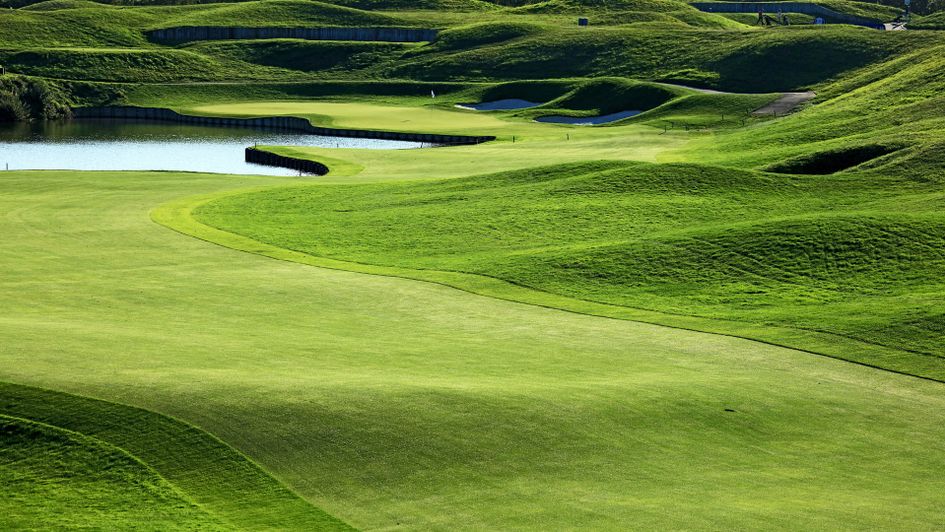
Hole 2, par three, 210 yards
2018 average: 3.13 | 2017: 3.07 | 2016: 3.15
2018 ranking: 7 | 2017: 9 | 2016: 9
Another daunting tee-shot, played over water to a wide, shallow green. Anything short is dead, but anything long risks a tricky second shot back towards the drink so only those who have full control over the distance of their approach shots can take on this hole with total confidence. The last hole in one here came in 2016 and there were over a hundred bogeys or worse in June, making it one of the key swing par-threes along with the similar 16th.

Hole 3, par five, 558 yards
2018 average: 4.75 | 2017: 4.77 | 2016: 4.81
2018 ranking: 18 | 2017: 18 | 2016: 18
The first par-five is the only hole on the course which has held the same ranking over the last three years, each time playing the easiest. There have been 21 eagles here during the same period, almost three-times as many as the other par-fives combined, and opportunities are certainly there for those who can find a fairway which is guarded by a stream to the right and typical stadium banking to the left. Approach shots have to be threaded between trees, including one which sits in the front-right greenside bunker which, if found, can cause real problems. With four balls in play expect at least one birdie.
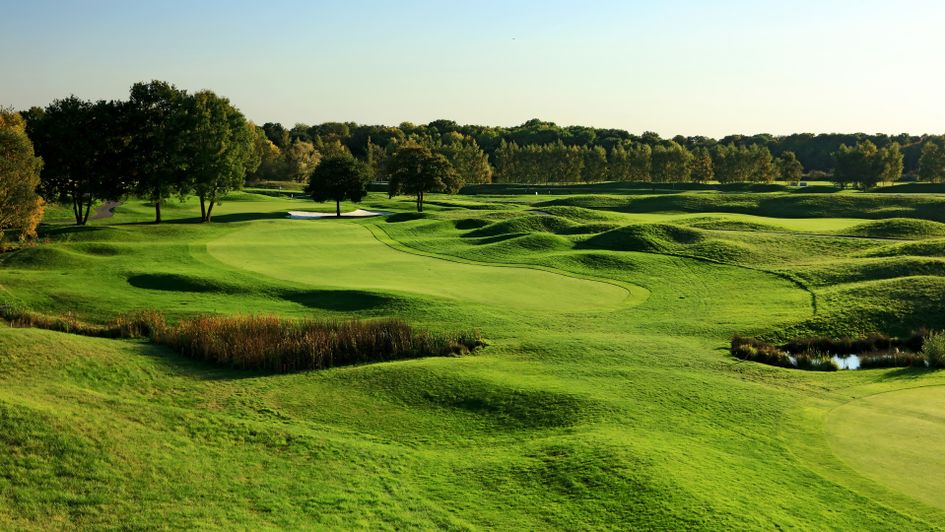
Hole 4, par four, 486 yards
2018 average: 4.43 | 2017: 4.25 | 2016: 4.26
2018 ranking: 2 | 2017: 3 | 2016: 4
The longest par-four on the course is also among the toughest, certainly on the front-nine, with a narrow fairway which shapes right-to-left and is guarded by bunkers. There were just 36 birdies here in the latest Open de France - only the final hole yielded fewer - and a grand total of 145 bogeys was the highest on the golf course. In other words, par here is a good score and the best route to it is finding the fairway.
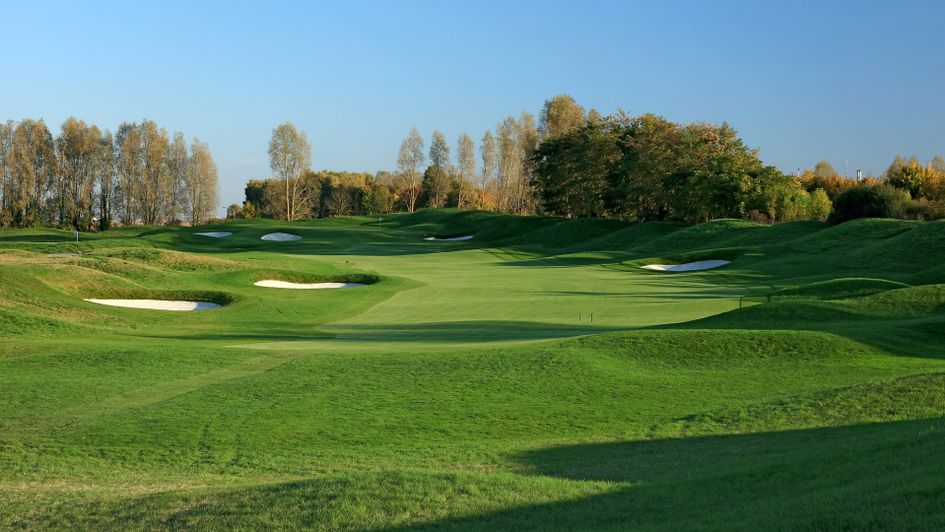
Hole 5, par four, 405 yards
2018 average: 4.07 | 2017: 3.96 | 2016: 4.08
2018 ranking: 12 | 2017: 13 | 2016: 11
After the demanding fourth comes the shorter and far less daunting fifth. A wide bunker runs down the left side of a fairway which curves away to the right and sand is again positioned to the left of the green, meaning anything right off the tee faces a difficult angle and can be blocked out by trees. Still, there's not much to this one with three-wood more than enough club off the tee and, with the world's best players in match play mode, expect birdies.
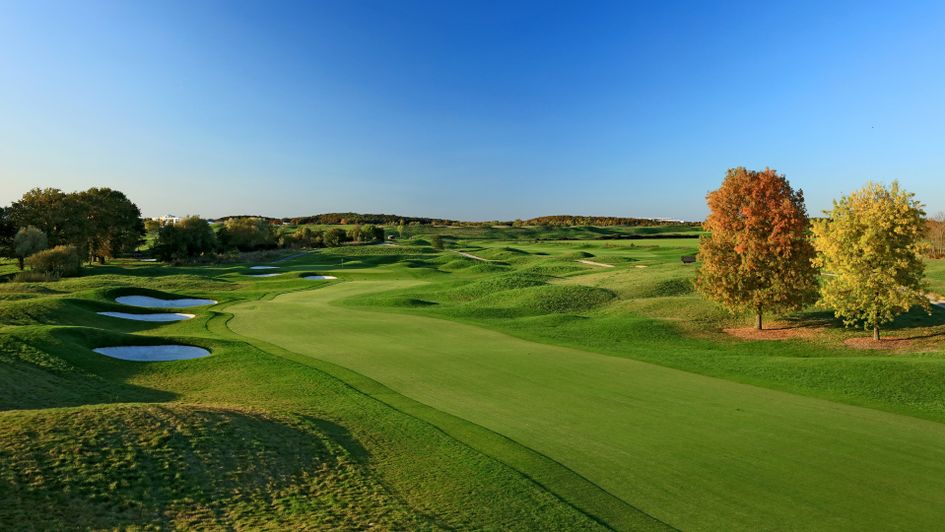
Hole 6, par four, 380 yards
2018 average: 3.84 | 2017: 3.87 | 2016: 3.88
2018 ranking: 15 | 2017: 16 | 2016: 17
The sixth shapes gently from right-to-left and doesn't feature the sand protection of the fifth hole. A green which is almost as wide as it is deep is made difficult by several slopes which means pin placement is key to how tricky it plays. However, wherever they put it this is almost certain to be the easiest par-four on the course - there simply isn't that much to it and it'll be disappointing if a hole is won in par.
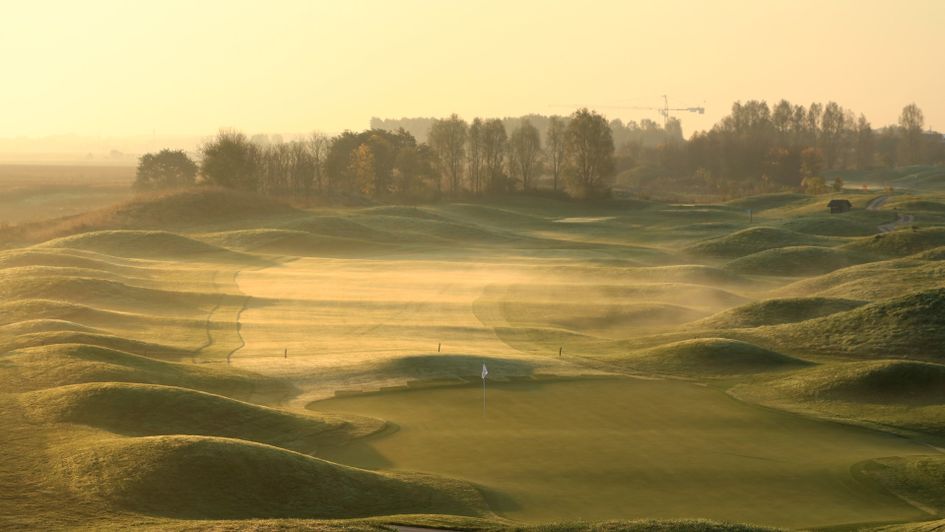
Hole 7, par four, 457 yards
2018 average: 4.30 | 2017: 4.05 | 2016: 4.08
2018 ranking: 3 | 2017: 10 | 2016: 11
Out-of-bounds runs down the right-hand side of this par-four but there's plenty of room to the left off the tee, where players hit their balls onto a plateau which allows them to play downhill to the green. The target is narrow with disaster again lurking to the right and this is a hole which encourages defensive golf, which tends to take the key trouble spots out of the equation. It'll be interesting to see if that dynamic shifts given the format.
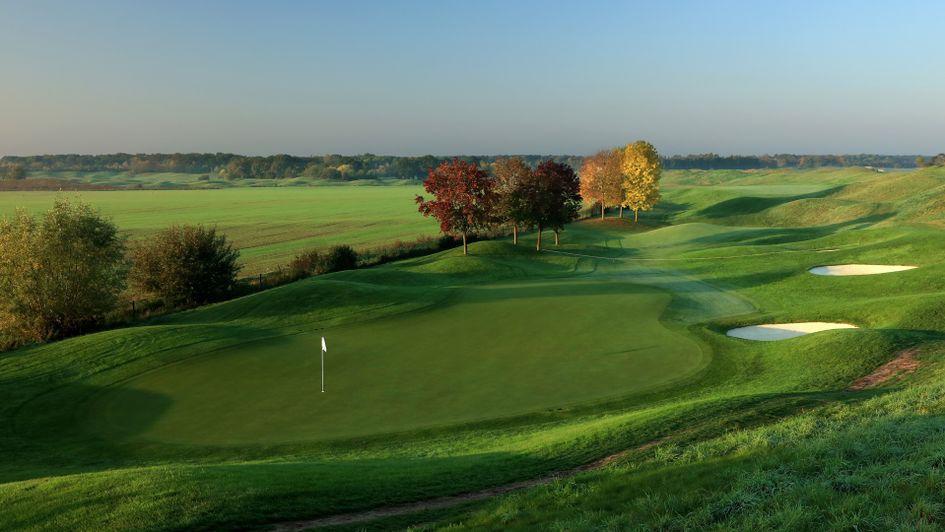
Hole 8, par three, 208 yards
2018 average: 3.08 | 2017: 3.16 | 2016: 3.19
2018 ranking: 11 | 2017: 6 | 2016: 8
Despite the fact that it lacks the water protection of holes two and 16, this is a tricky par-three, played from a raised tee which makes club selection difficult. A small bunker to the front-left sees plenty of action but it's the sharp run-offs either side of it which make the green artificially small and very difficult to hit. This is a hole where par will prove extremely hard to beat.
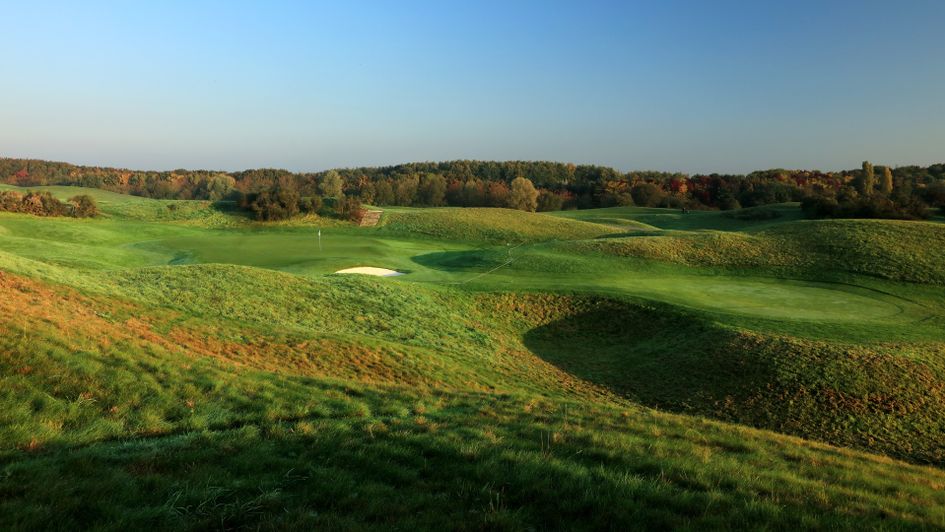
Hole 9, par five, 592 yards
2018 average: 4.84 | 2017: 4.99 | 2016: 5.21
2018 ranking: 16 | 2017: 11 | 2016: 6
The second par-five and tougher than the first, with a pond running down the left as the fairway narrows out for those seeking to attack. The second shot is played to a narrow green, with run-offs either side and bunkers to the right which protect it. Setting up an eagle chance is extremely difficult and the punishment for missing the green is severe, so expect a number of players to lay-up. Also worth noting is the dramatic difference in difficulty between 2016 and 2018, which shows what a changing wind can do around this course.
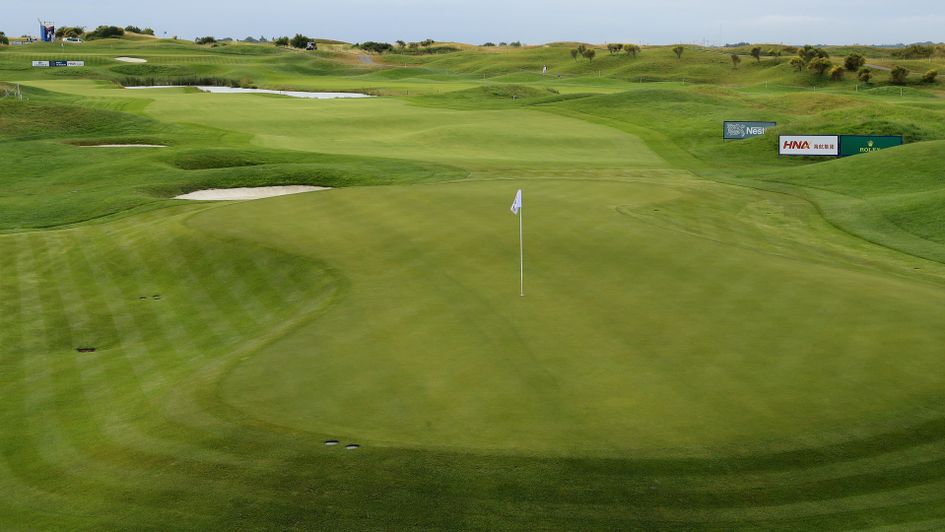
Hole 10, par four, 375 yards
2018 average: 4.13 | 2017: 3.96 | 2016: 3.95
2018 ranking: 7 | 2017: 13 | 2016: 15
A gentle introduction to the back-nine, with a wide fairway which narrows when water comes into play, meaning most will lay back. That still leaves a short-iron approach to a shallow green whose primary protection is a bunker front and centre, which can lead players into going long. The trouble with that is this green slopes from back to front and therein lies the challenge on an otherwise straightforward par-four.
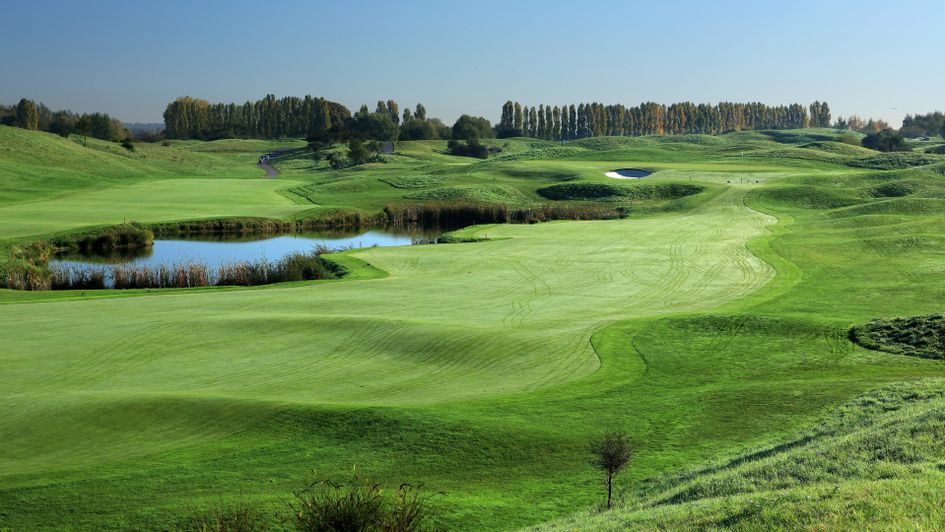
Hole 11, par three, 178 yards
2018 average: 3.00 | 2017: 2.87 | 2016: 2.93
2018 ranking: 13 | 2017: 16 | 2016: 16
The 11th is the easiest par-three on the course, largely due to its yardage. Water is technically in play but not for the professionals unless the bank which leads down to it is shaved down. Otherwise, while it's easy to miss this green short the punishment isn't particularly harsh and in a fourball, you'd fancy one of the quartet to make two.
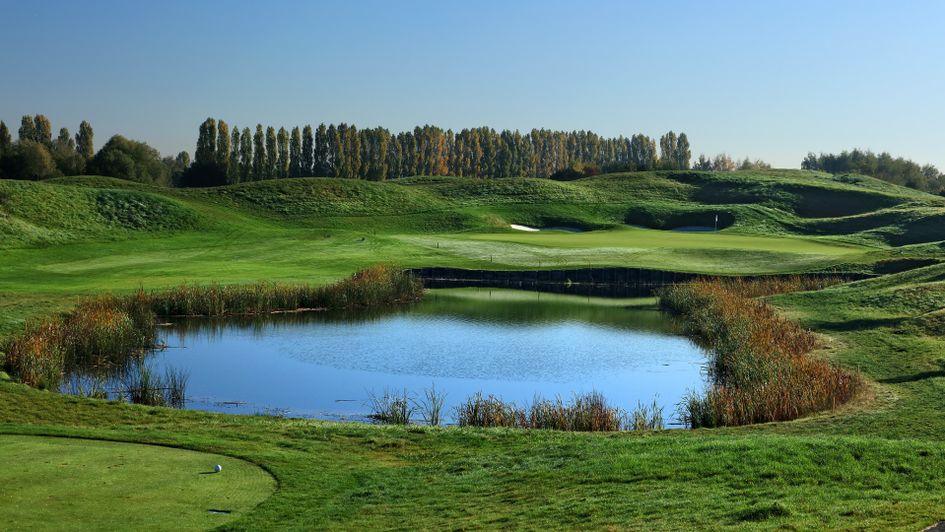
Hole 12, par four, 433 yards
2018 average: 4.09 | 2017: 4.25 | 2016: 4.29
2018 ranking: 10 | 2017: 3 | 2016: 2
Another raised tee which plays down to a narrow fairway guarded by sand on either side. As the hole turns sharply right it's those down that side who shorten the hole but playing to the left can improve the angle so there are options even if three-wood is again plenty. The green doesn't feature a single bunker and is clover-shaped, making pin position vital.
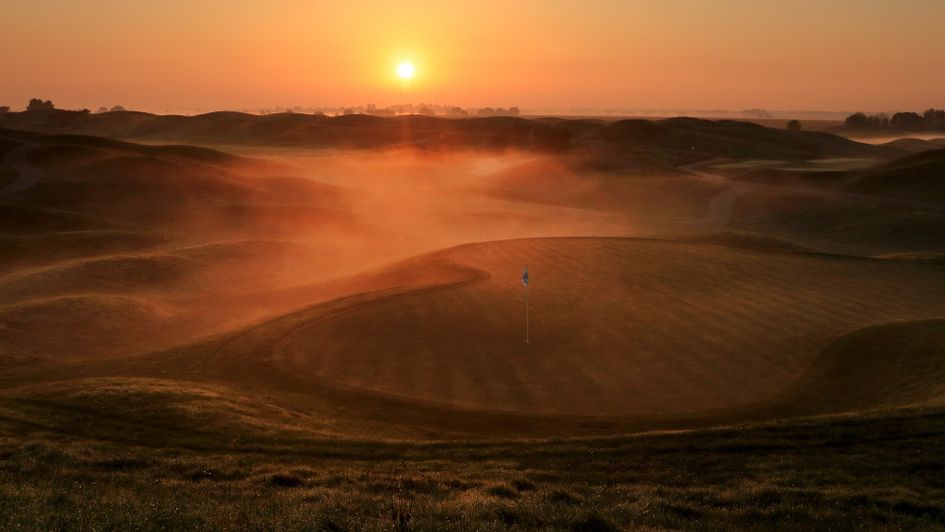
Hole 13, par four, 415 yards
2018 average: 4.18 | 2017: 4.12 | 2016: 4.25
2018 ranking: 5 | 2017: 7 | 2016: 5
The 13th hole looks slightly different to most on an otherwise exposed layout, as trees guard the approach to the green along with a lake which is in play when front pin positions are in use. It's all about precision on a short hole which does yield birdies and that begins on the tee, where those straying too far left - the safer route - can find themselves in some of the most unpredictable rough on the course. That makes the second shot very difficult to control.
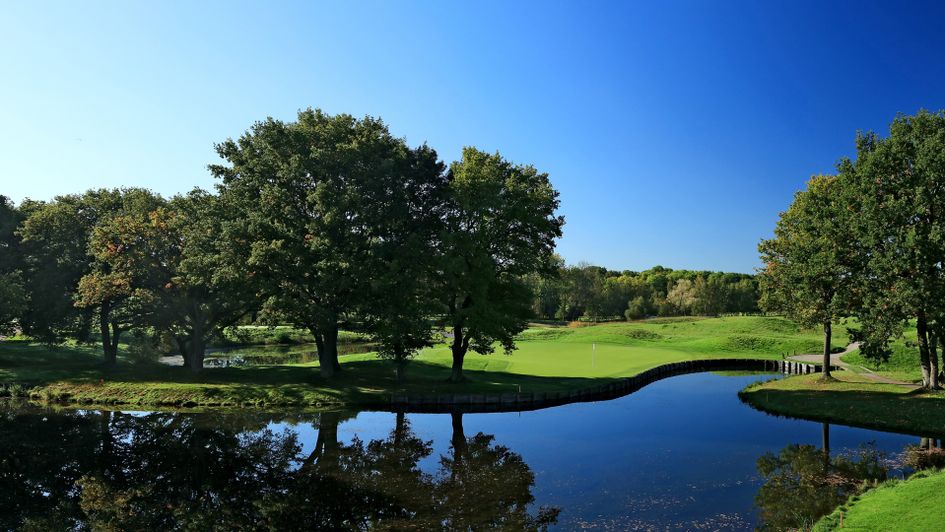
Hole 14, par five, 595 yards
2018 average: 4.81 | 2017: 4.93 | 2016: 5.00
2018 ranking: 17 | 2017: 15 | 2016: 13
A dog-leg par-five which runs slightly uphill, making the approach shot to a tilted green more difficult. It's still there to be reached in two, however, with the approach played over a huge bunker which guards the putting surface. Those laying up have plenty of space in which to do so but most players here will feel the need to attack should they find what's a reasonably wide fairway.
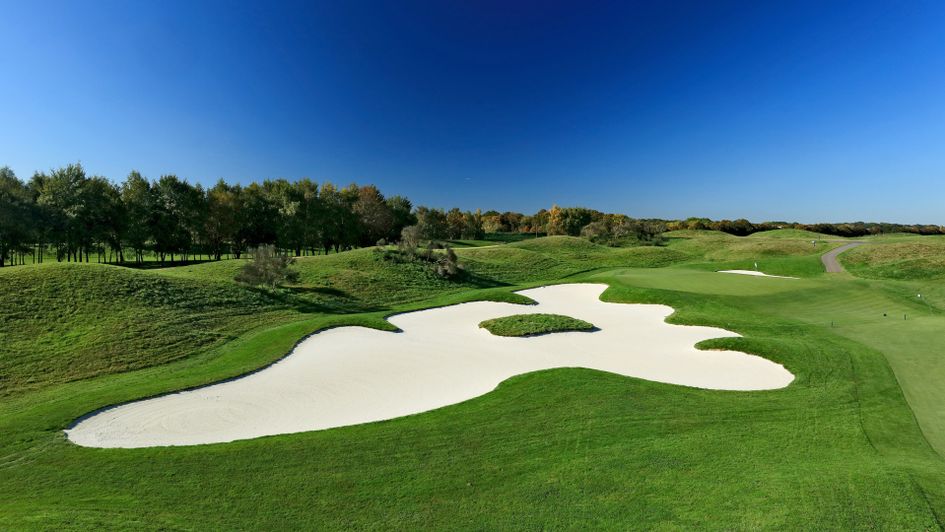
Hole 15, par four, 408 yards
2018 average: 4.26 | 2017: 4.11 | 2016: 4.13
2018 ranking: 4 | 2017: 8 | 2016: 10
The closing stretch begins with a difficult par-four, with the tee-shot played to a wide fairway but the approach shot to a narrow green guarded by water. This one has a Florida feel to it and is all about the second shot which has to be straight, and we can expect some cautious efforts over any front pin as the green does widen out towards the back.
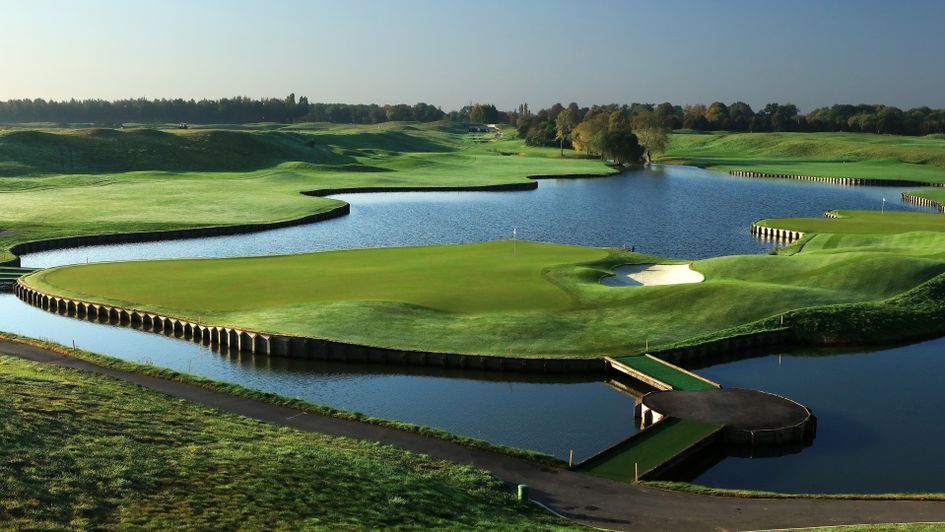
Hole 16, par three, 177 yards
2018 average: 3.11 | 2017: 2.99 | 2016: 2.98
2018 ranking: 9 | 2017: 11 | 2016: 14
Another clover-shaped green which is protected by water at the front and bunkers to the left. Front pin positions do bring that water into play but back-pins are harder to access, as a ridge runs through the putting surface roughly two-thirds of the way up. Long and short are both bad misses so the middle of the green will do here.
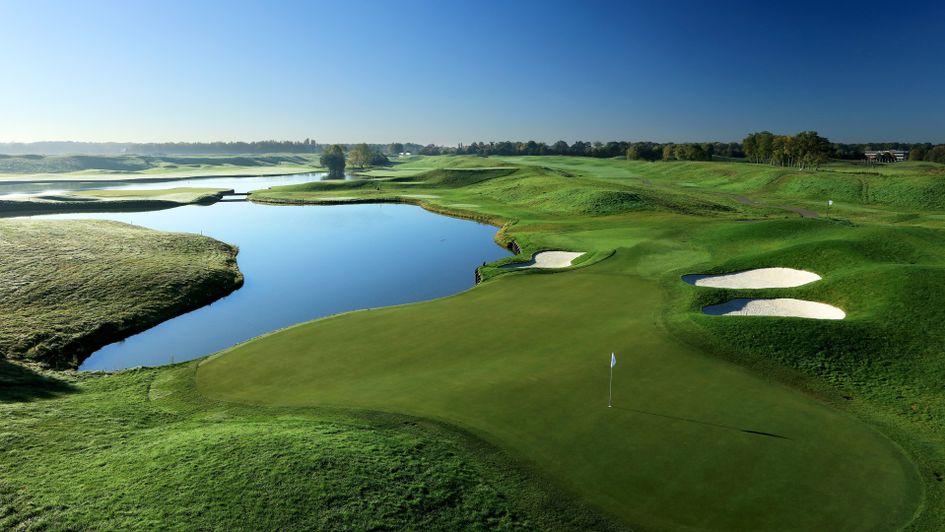
Hole 17, par four, 480 yards
2018 average: 4.17 | 2017: 4.32 | 2016: 4.35
2018 ranking: 6 | 2017: 2 | 2016: 1
The least dramatic of the closing holes but difficult nonetheless, particularly as this fairway is really narrow and the green, prefaced by a sharp bank, is above the level of the fairway and extremely shallow. With mid-iron approaches, that makes it very hard to find and a missed fairway often means a missed green, with those with sharp short-games still battling to escape with par.
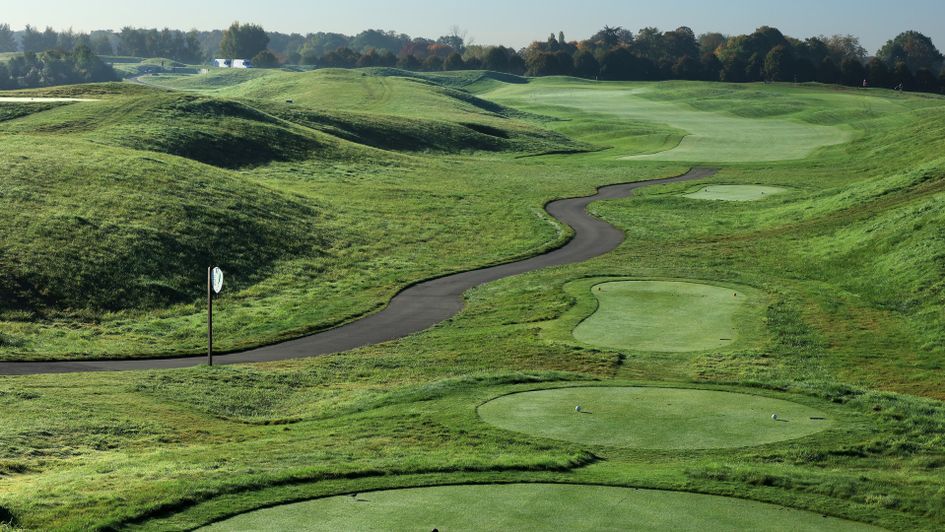
Hole 18, par four, 471 yards
2018 average: 4.51 | 2017: 4.42 | 2016: 4.29
2018 ranking: 1 | 2017: 1 | 2016: 2
A hole which looks very similar to the first, with water down the left, bunkers guarding the bail-out to the right, and a green on the other side of the lake. It'll be fascinating to see whether some of the US behemoths can cut the corner here, which would reduce the hole to a wedge, but doing so runs the definite risk of finding water which has made for so many dramatic finishes in the Open de France. The green is large and multi-contoured with birdie chances hard to find.
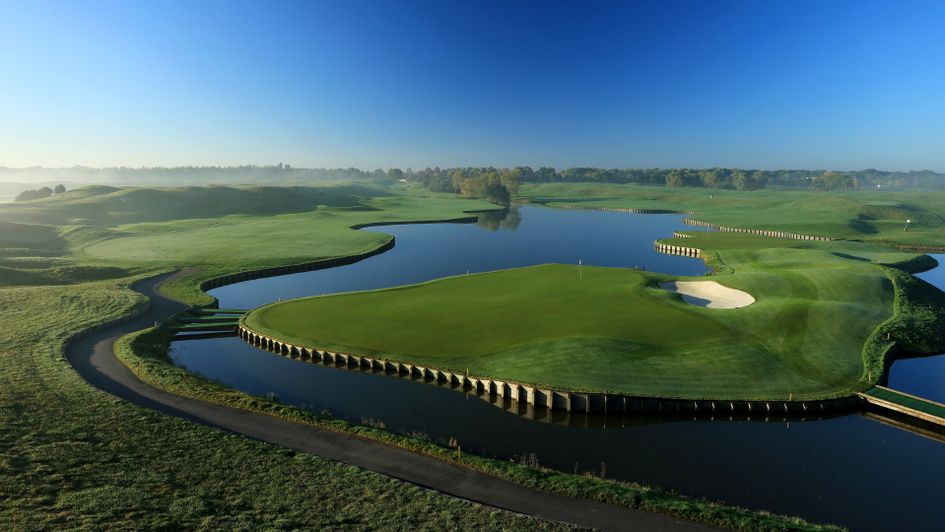
Le Golf National fact file
Greens: Meadow grass and bentgrass
Fairways: Mix of bentgrass, rye and rescue
Rough: Mix of rye and fescue grass
Designer: Hubert Chesneau (Robert Van Hagge consultant)
Style: Stadium, with banked viewing platforms
Hazards: Water is on play on 1, 2, 3, 9, 10, 11, 13, 15, 16 and 18
Changes: Two bunkers added to the par-four 18th before the 2018 Open de France






